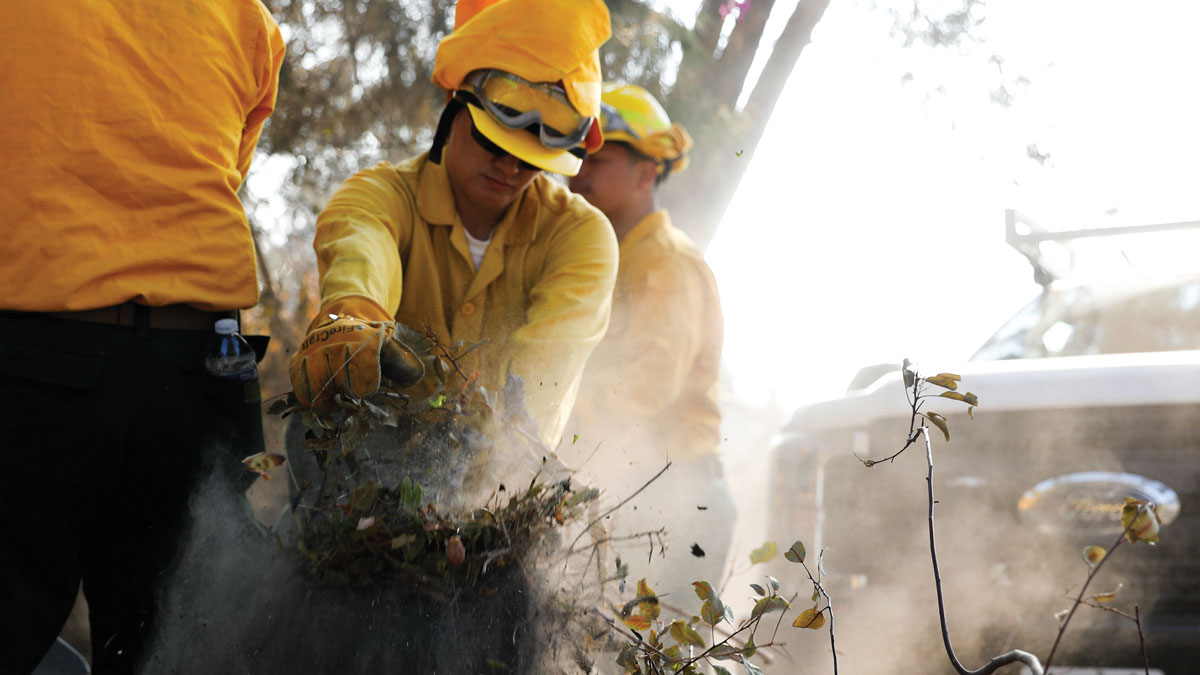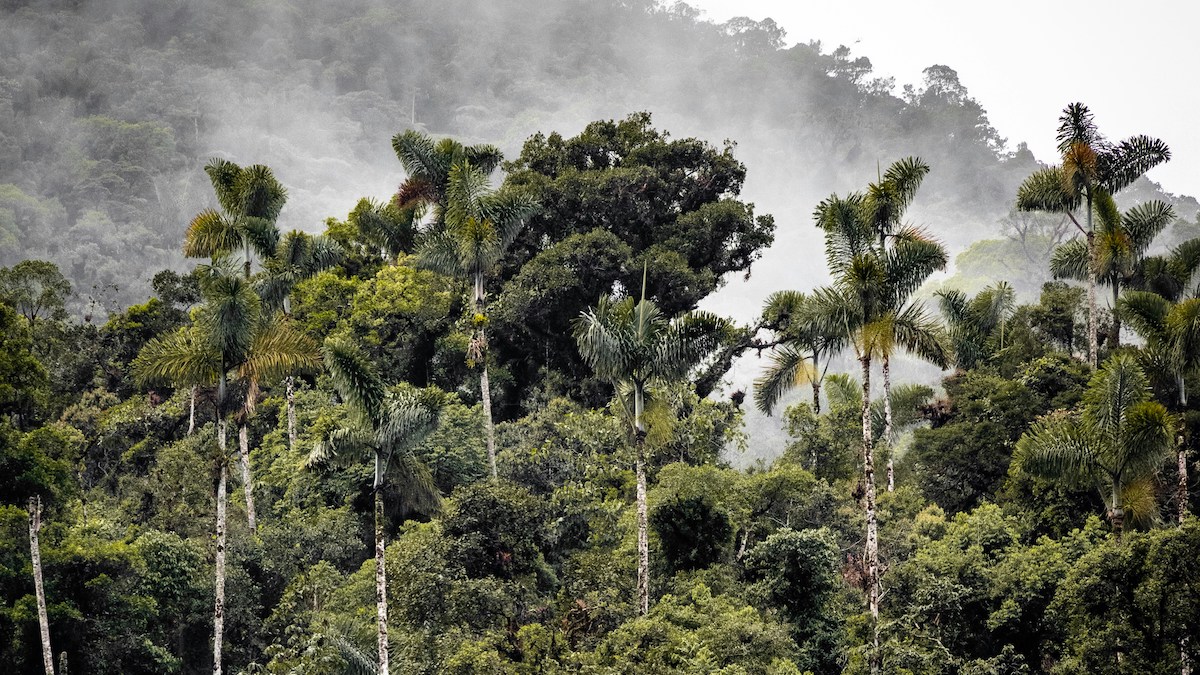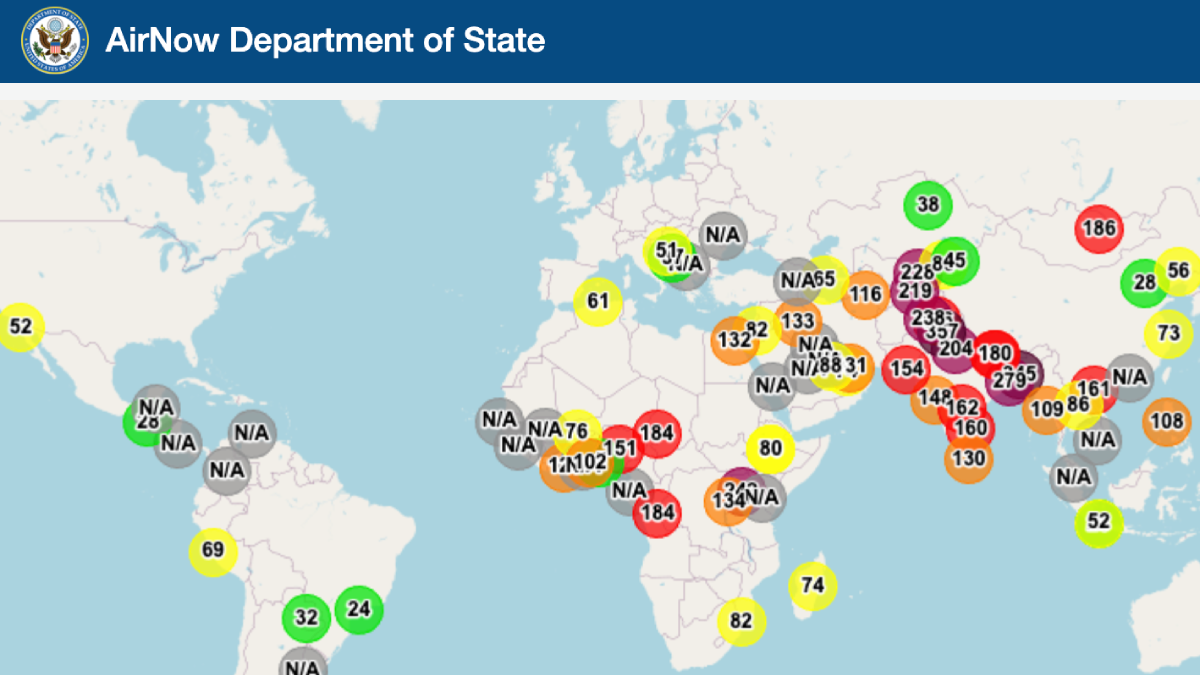Utilizando los instrumentos de monitoreo existentes y nuevos, investigadores trabajan para comprender mejor la calidad del aire durante y después de los incendios forestales de Los Ángeles.
air quality
Living Near an Indigenous Forest Could Reduce the Risk of Disease
An analysis of 20 years of health data in eight Amazonian countries, published today in Communications Earth and Environment, shows that protecting Indigenous-managed forests may help reduce various kinds of disease, including fire-related respiratory diseases and illnesses spread by animals.
Where There’s Fire, There’s Smoke
Using both existing and newly launched monitoring instruments, researchers work to better understand air quality during and after the Los Angeles wildfires.
Inside Volcanic Clouds: Where Tephra Goes and Why It Matters
Monitoring and forecasting the movement of volcanic clouds is key to mitigating the impacts on communities, infrastructure, and air traffic.
Martian Dust Will Be a Health Hazard for Astronauts
Prolonged exposure to the Red Planet’s regolith, which contains carcinogens and toxic metals, could pose respiratory threats and increase chronic disease risk.
Trump Administration Set to Backtrack on “Cancer Alley” Lawsuit
At AGU’s Annual Meeting 2024, activist Sharon Lavigne spoke about living in Louisiana, in what is commonly known as “Cancer Alley.” The 85-mile stretch along the Mississippi River is home to more than 200 industrial facilities, including the Denka Performance Elastomer plant, which uses chloroprene to manufacture synthetic rubber for products such as automotive parts, adhesives, and construction materials.
404: Air Quality Data from U.S. Embassies Removed
On 4 March, AirNow, the home of the U.S. Air Quality Index, shut down its webpage that reported data from air quality monitors at U.S. embassies and consulates around the world. Eos learned of the removal of these data from Dan Westervelt, a climate change and pollution scientist at Columbia University’s Lamont Doherty Earth Observatory in Palisades, New York.
Access to Air-Conditioning May Affect Wildfire-Related Health Outcomes
A new study found that access to air-conditioning is a stronger predictor of emergency department visits related to PM2.5 exposure from smoke than factors such as race, age, and socioeconomic status.
The Breath of Colonialism Continues to Taint the Air in Uganda
Potentially harmful air quality in Kampala, Uganda, follows the borders of segregated settlements from Africa’s colonial era.
Cooking with Gas Creates Unhealthy Work Environments
Even with ventilation, commercial kitchens can have air pollution levels that exceed health-related limits.









